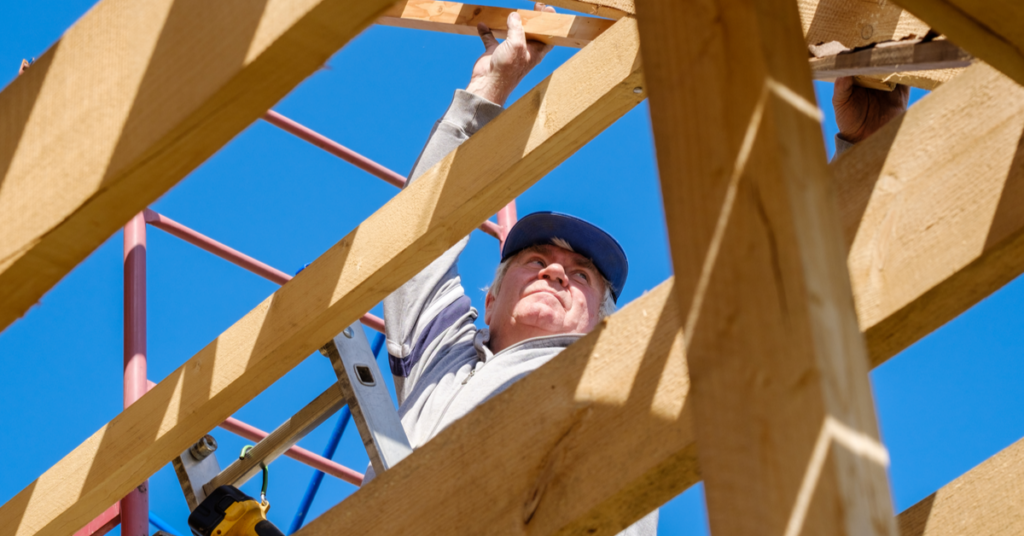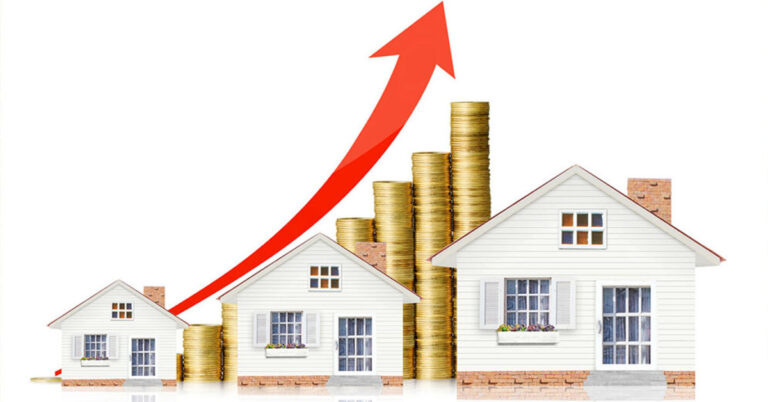October housing starts came at a seasonally adjusted annual rate of 1.53 million units, a 4.9% improvement from the previous month, according to the U.S. Census Bureau and the U.S. Department of Housing and Urban Development.
It’s the second straight month of growth in total starts after an August backtrack, and the increase handily surpassed expectations. Economists polled by Reuters anticipated a pace of 1.46 million units in October; the actual figure is the strongest rate the market had seen since before the COVID-19 pandemic in February.
The previous month’s figure also received an upward revision to 1.46 million units, bringing September’s monthly gain to 6.3%.
As with the month prior, the total increase in building was driven by single-family construction. Single-family, in fact, accounted for all of October’s growth, with starts surging 6.4% to a rate of 1.179 million units. Through October, single-family starts are up 8.6%.
“Single-family construction has now increased for six consecutive months and is at the highest level since [April] 2007,” observed Joel Kan, associate vice president of economic and industry forecasting at the Mortgage Bankers Association (MBA). “The rise in construction is in line with other data on homebuilder confidence, and should help to alleviate the supply and demand imbalances seen in most parts of the country.”
Kan’s note on construction confidence references recent findings by Wells Fargo and the National Association of Homebuilders (NAHB), which reported this week that builder sentiment has reached another record high.
Get these articles in your inbox
Sign up for our daily newsletter
Get these articles in your inbox
Sign up for our daily newsletter
“As seen in the NAHB/Wells Fargo builder confidence index, single-family starts continue to grow off a historic rebound that began in April,” said Chuck Fowke, chairman of the NAHB. “Current demand is being supported by historically low interest rates and home buyer preferences shifting to the suburbs and exurbs.”
Want more news, topics and trends?
Get perspectives on the mortgage industry from thought leaders by subscribing to Scotsman Guide’s free digital editions.
The annual rate of multifamily starts, on the other hand, continue to underwhelm. The October rate for units in buildings with five units of more was 334,000 — down 3.1% from September’s revised rate of 345,000 and down 46% from the 2020 pre-pandemic high in January. Multifamily starts as a whole have flattened at 351,000 for the last two months.
Much of the drop-off comes from the continued impacts of COVID-19. Ongoing weakness has been intensified by diminished demand in large gateway cities — cities that have dictated multifamily construction for a large part of the 2010s. With many urban renters facing financial upheaval from the crisis, incoming supply has come unfilled and, while development has pivoted toward less dense areas, there simply haven’t been enough of those starts yet to make up the urban-core slowdown.
Uncertainties on the single-family side do persist, as well. For one thing, the resurgence of COVID cases as it gets colder threatens to derail much of the last few months’ improvement. And NAHB chief economist Robert Dietz pointed out that single-family permits were essentially flat in October, implying that starts will level off in the coming months, with builders still contending with shortages of lots and building materials.
Still, experts are generally rosy on construction in the near-term, bolstered by single-family’s strength as homebuyers continue to yearn for space. Per Kan, “MBA’s recently published November forecast includes a strong pace of single-family starts next year, which should provide sufficient inventory to support a faster pace of home sales.”
Further positivity comes from geography. Many of the most active, fastest growing markets since the pandemic are cities in the South and inland West: Phoenix, Salt Lake City, Dallas, Austin, Charlotte and Tampa, for example. All of those cities enjoy relatively mild winter weather and can support more building as temperatures dip. Wells Fargo’s Economics Group, in fact, noted that just over 80% of single-family building in the past year have been in the South and West, suggesting that the bulk of construction can be kept up at a higher pace during the winter months than in prior years.




















































